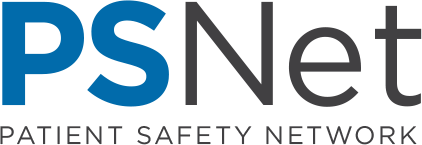November 8, 2023 Weekly Issue
PSNet highlights the latest patient safety literature, news, and expert commentary, including Weekly Updates, WebM&M, and Perspectives on Safety. The current issue highlights what's new this week in patient safety literature, news, conferences, reports, and more. Past issues of the PSNet Weekly Update are available to browse. WebM&M presents current and past monthly issues of Cases & Commentaries and Perspectives on Safety.
This Week’s Featured Articles
Rockville, MD: Agency for Healthcare Research and Quality; September 2023. AHRQ Publication no. 23-0082.
Pelikan M, Finney RE, Jacob A. AANA J. 2023;91(5):371-379.
United States Office of the Inspector General: 2010-2023.
Jewett C. New York Times. October 30, 2023
Twenter P. Becker's Clinical Leadership. October 30, 2023.
Maxwell A. Washington DC: Office of Inspector General; September 2023. Report no. OEI-05-22-00290.
Rockville, MD: Agency for Healthcare Research and Quality; September 2023. AHRQ Publication no. 23-0082.
Le Coz E. USA Today. October 26, 2023.
This Month’s WebM&Ms
This Month’s Perspectives





